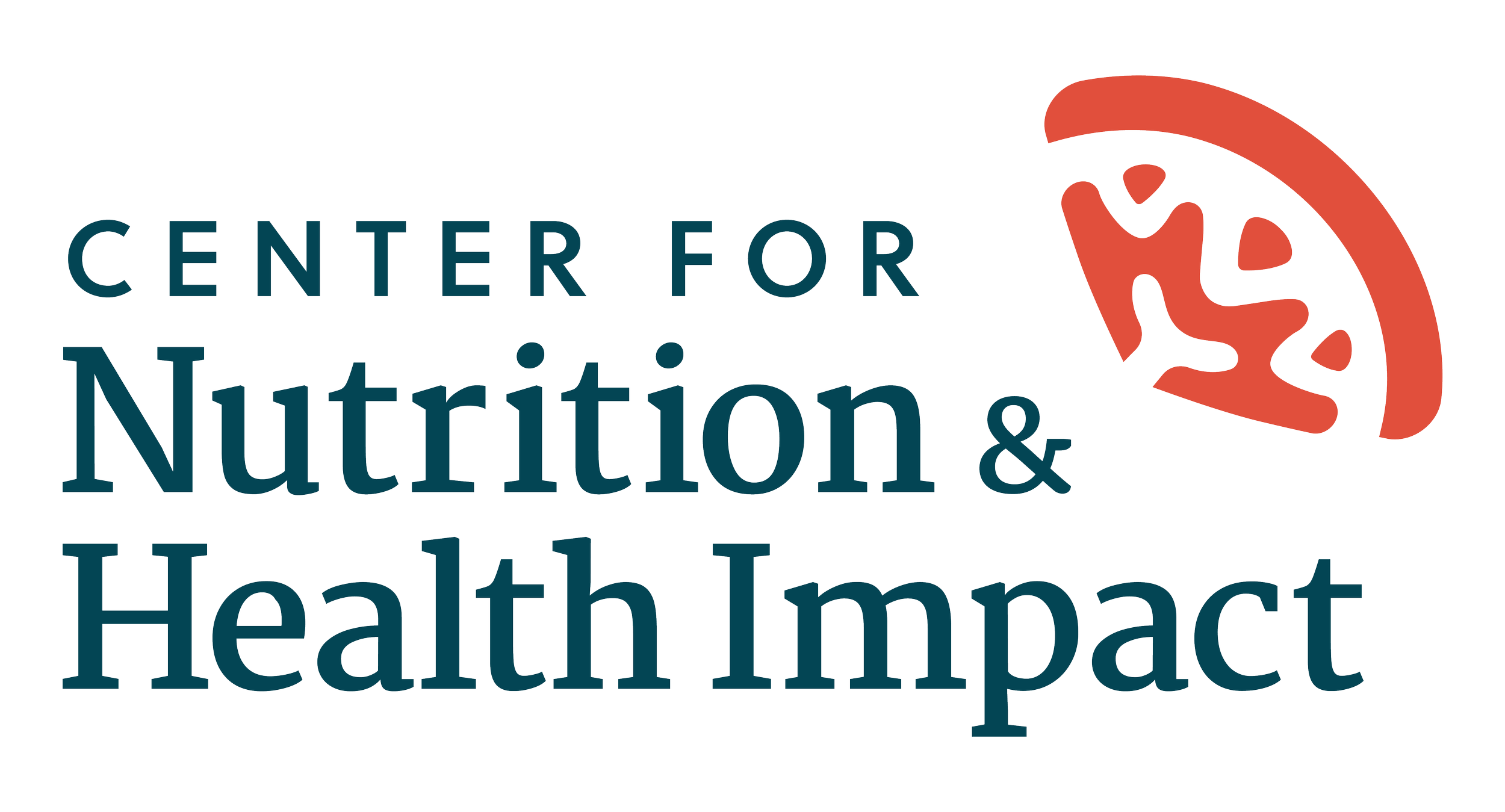---- OUR WORK ----
Food Insecurity Nutrition Incentive Grant Program Findings
This project was supported by Healthy Eating Research, a national program of the Robert Wood Johnson Foundation.
FINI aims to increase fruit and vegetable purchasing among Supplemental Nutrition Assistance Program (SNAP) consumers by providing incentives that often stretch the food dollar. This program is supported through the Agricultural Act of 2014, commonly referred to as the Farm Bill.The Farm Bill is due for reauthorization in 2018, making preservation of food security and associated programs among the most vulnerable populations in the U.S. both timely and imperative.
Supporting FINI is largely considered to have broad appeal and positive benefits across multiple stakeholders, as it is a program that can improve food access, reduce food insecurity, decrease health care costs, support local food systems and stimulate local economies. As legislative components of the Farm Bill continue to be delineated and debated, it is imperative that SNAP policy and the integration of FINI are strongly considered. In particular, preserving SNAP eligibility and funding are vital for the future of food insecure populations. Both the current Senate and House versions of the 2018 Farm Bill substantially increase mandatory funding for FINI and establish permanent baseline for the program, and include components of technical assistance to strengthen the impact that these projects have.



